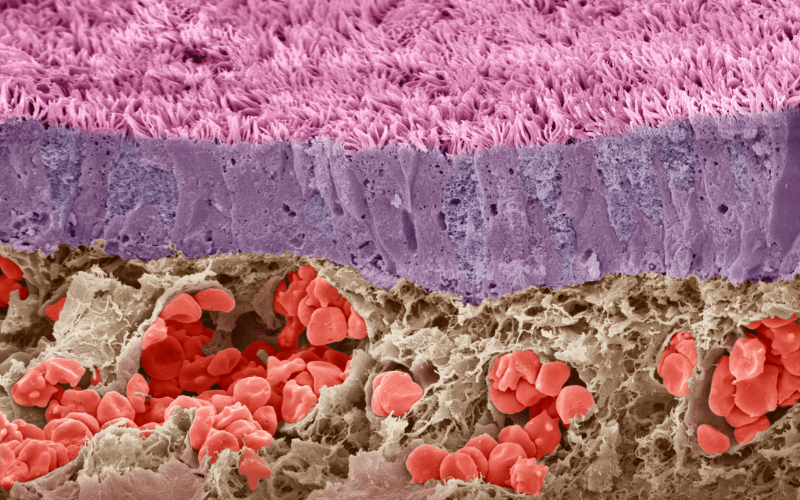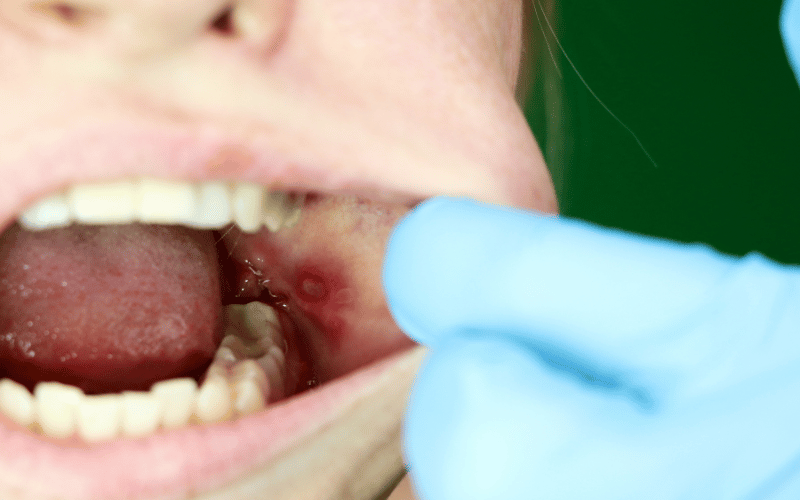Introduction: Deciphering Mucous Membrane Pemphigoid
Mucous Membrane Pemphigoid (MMP) might sound like an intricate medical term, but for those affected, it’s a daily reality that impacts their quality of life. MMP is a rare blistering disorder, predominantly affecting the body’s mucous membranes. While the condition may not be widely discussed in everyday circles, raising awareness about its symptoms is crucial. The reason? Timely diagnosis. Like many health conditions, early detection of MMP can make a significant difference in the treatment and management of the disorder.

To give you a clear picture: imagine waking up one day with painful blisters in your mouth, making eating an excruciating task. Or picture your eyes becoming so inflamed that routine activities like watching TV or reading a book become a challenge. These are just a few of the symptoms associated with MMP. As you dive into this article, you’ll discover a more detailed look into these symptoms, offering insight into what to be on the lookout for either for yourself or a loved one.
It’s worth noting that while the exact causes of MMP remain under research, the consensus in the medical community is that it’s an autoimmune disorder. This means the body, in an erroneous response, attacks its own tissues. This knowledge can be empowering. Understanding the nature of MMP is not only useful for those directly affected but also for caregivers, friends, and family members. Having a grasp on the signs and symptoms of MMP allows for better support, empathy, and care for those dealing with this condition.
Now, let’s delve deeper into the 10 predominant symptoms of MMP, ensuring you’re well-equipped with the knowledge to identify and address them.
Symptom 1: Blisters on the Mouth or Gums

A noticeable trait of MMP is its affinity for the oral cavity. When the disorder takes hold, it often zeroes in on the mouth first, primarily targeting the gums, inner cheeks, and tongue. Imagine the discomfort of persistent mouth ulcers, but escalated. These blisters can make even the most mundane tasks, like sipping water or uttering a word, agonizing. The origin of these painful formations is deeply rooted in the body’s autoimmune response.
As these blisters evolve, they tend to rupture. When this occurs, it leaves behind ulcers. These ulcers, in turn, can make the act of eating a daunting task. The resultant pain can be so debilitating that it might deter individuals from consuming food, leading to other complications like malnutrition. Such secondary complications highlight the imperative need for early diagnosis and intervention.
Beyond the pain and the ulcers, the emotional and psychological toll cannot be overlooked. For many, the mouth is a centerpiece of expression, and visible sores can lead to self-consciousness. It’s not just about the physical discomfort; it’s about the complete experience and its impact on one’s daily life and self-esteem. (1)